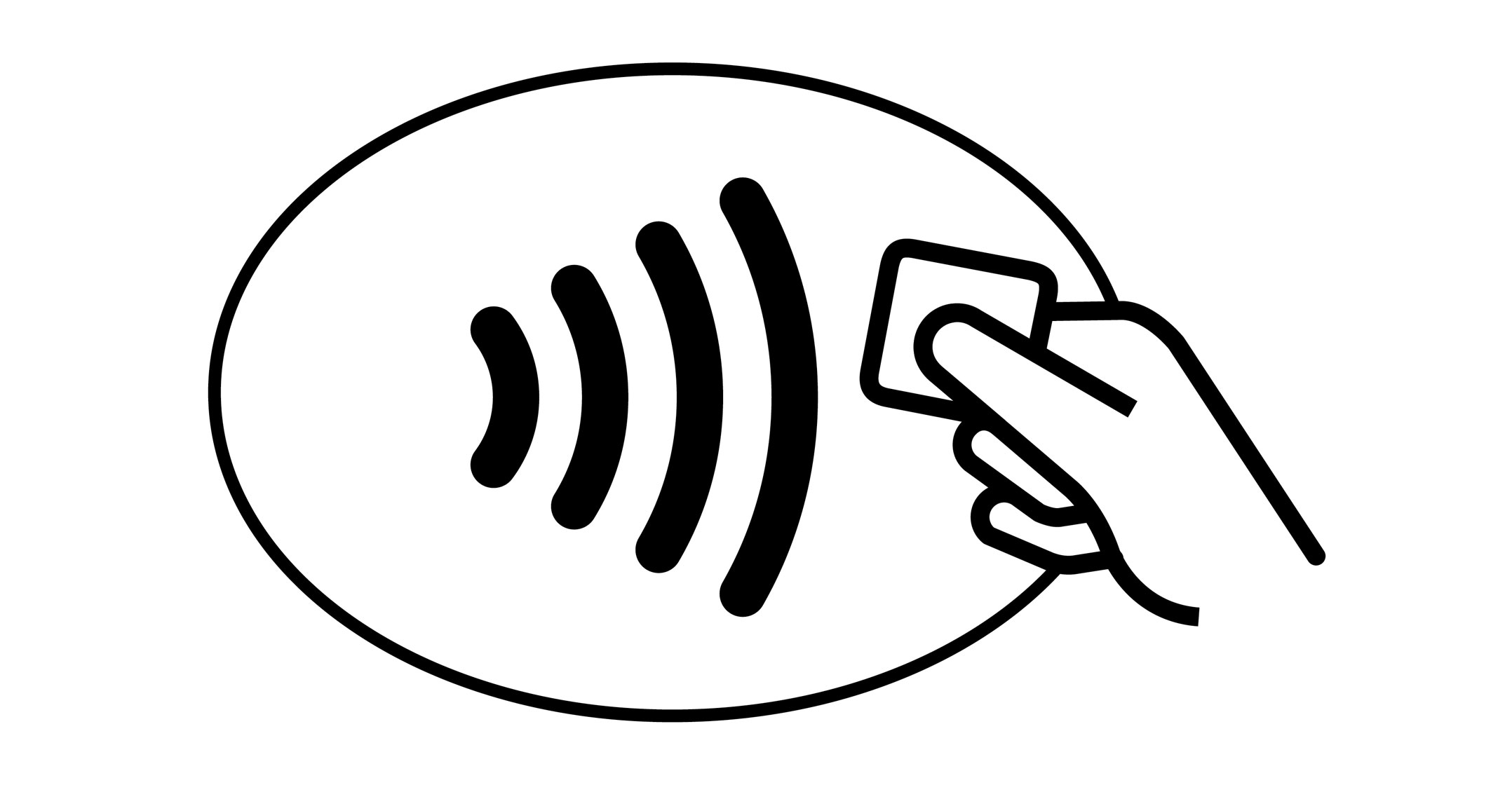

Create shortcuts to keep your most-used apps, promotions, and products at your fingertips so you can fly through checkout.
Tap to pay pro#
💡 PRO TIP: Shopify POS has a fully-customizable checkout experience. When using Apple Pay on your smartphone at an NFC-enabled POS terminal, for example, both devices send and receive information across an electromagnetic field. For example, an active device like a point-of-sale (POS) terminal constantly emits radio waves while waiting for a passive device like a plastic debit/credit card to enter its field to complete a transaction.Īctive NFC payments, on the other hand, need two devices to supply power.

Passive NFC payments only require one device to supply power. SourceĬommunication between NFC devices can either be active or passive. There will be a unique contactless payment symbol on any payment terminal that supports NFC tap to pay: four curved lines portraying a radio signal (as shown below). When a contactless-enabled card, mobile phone, or wearable device is within two inches of an NFC-enabled payment terminal, the two devices pass encrypted information back and forth until payment is complete. It uses a specific RFID frequency, specifically 13.56 MHz, to ensure accuracy, and to enable close-range interactions between two devices. RFID has been used in shopping malls, grocery stores, and airports for decades. NFC is a specialized version of radio-frequency identification (RFID), a technology that allows devices to identify certain things through radio waves. In a global study, 79 percent of respondents said they prefer making contactless payments, and cited safety and cleanliness as key reasons. Tap to pay eliminates the need to touch the same payment terminal used by thousands, as well as the need to hand the card to the cashier. Tap to pay utilizes a short-range wireless technology called near field communication (NFC) to make secure payments by tapping or hovering over the payment terminal with a contactless chip-enabled card, payment-enabled mobile, or wearable device.Įven as COVID-19 restrictions begin to ease, consumers remain cautious as they resume shopping at local stores.
Tap to pay how to#

Given the broad rollout, it’s likely that rather than being a ‘Square rival’, Tap to Pay will likely be embraced by the likes of Square and Zettle as it lets merchants take payments without needing to buy any extra hardware.įirstly, whether Apple will look to take a cut from Tap to Pay transactions, and if Square and Zettle will be willing to sacrifice this cut for the benefit of using Tap to Pay.Īnd secondly, whether Tap to Pay will expand beyond the US or, like Apple Card, it will remain a US exclusive feature for the time being. While the rollout will start with Stripe “later this year”, Apple also said Shopify’s will be launching a Tap to Pay app “this spring” with additional payment apps coming “later this year”. “In collaboration with payment platforms, app developers, and payment networks, we’re making it easier than ever for businesses of all sizes - from solopreneurs to large retailers - to seamlessly accept contactless payments and continue to grow their business,” said Jennifer Bailey, Apple’s vice president of Apple Pay and Apple Wallet. While Bloomberg last month reported that Apple was looking to “rival Square” by entering the point-of-sale sector, in fact, Apple’s announcement is that it will be working with fintechs, starting with Stripe, to roll out support for Tap to Pay. The feature is aimed at “millions of merchants” who will be able to accept contactless payments via credit card, debit card or Apple Pay, and without needing additional hardware. Apple is opening up access to the iPhone’s NFC chip in the US later this year, letting fintechs accept point-of-sale payments.


 0 kommentar(er)
0 kommentar(er)
